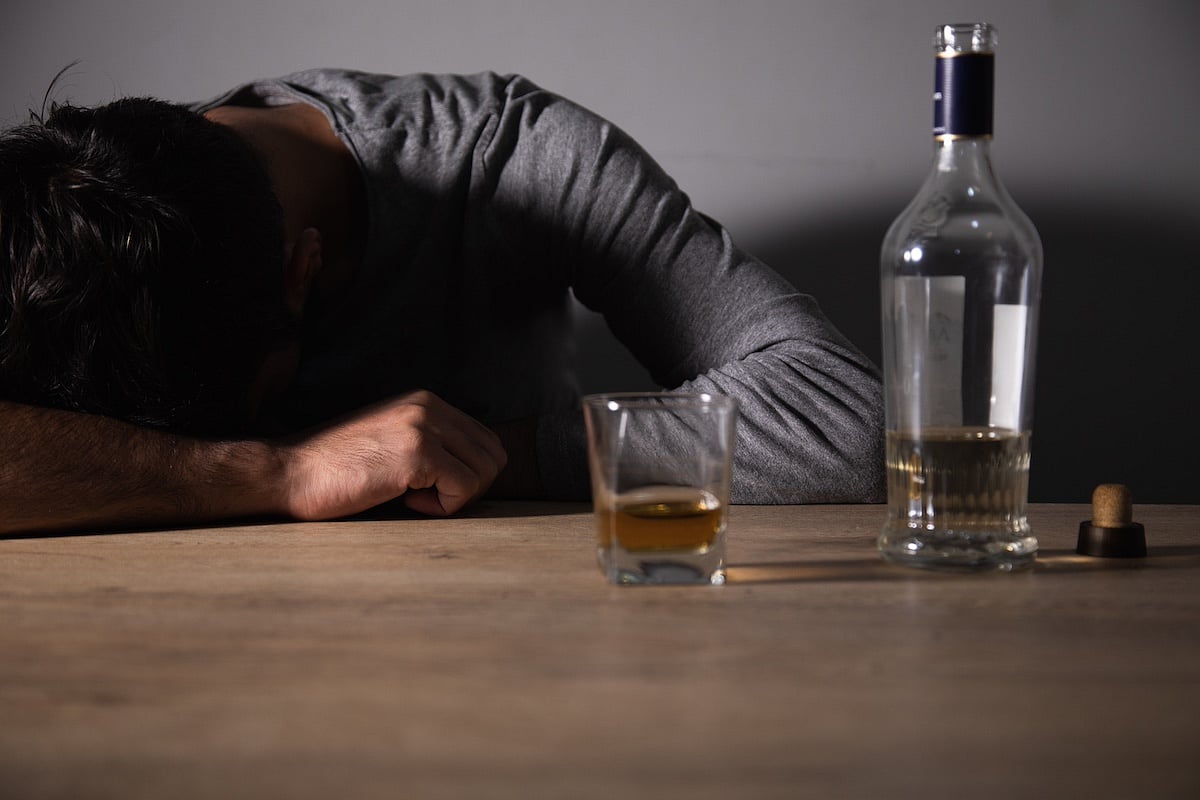Patient Resources
Get Healthy!
Belly Fat, Diabetes and Drinking Doubles Liver Disease Risk
- February 13, 2025
- India Edwards
- HealthDay Reporter

If you've got a big belly, diabetes or high blood pressure, you may want to limit your alcohol, experts warn, as drinking could significantly raise your odds for serious liver disease.
The research, published recently in the journal Clinical Gastroenterology and Hepatology, found that people with belly fat or diabetes who drink more than moderate amounts of alcohol were more than twice as likely to develop liver scarring or damage.
Those with high blood pressure who drank heavily also had a near-doubled risk.
“The results identify a very high-risk segment of the population prone to liver disease and suggest that preexisting health issues may have a large impact on how alcohol affects the liver,” lead study author Dr. Brian Lee said in a CNN report. Lee is an associate professor of clinical medicine at the University of Southern California’s Keck School of Medicine.
A waist measurement of 35 inches or more for women and 40 inches or more for men -- a key indicator of obesity and metabolic risk -- is linked to higher liver disease risk, experts say.
What's more, nearly half of U.S. adults have high blood pressure, more than 1 in 3 have prediabetes, and 40% of Americans are obese, according to the U.S. Centers for Disease Control and Prevention (CDC).
“Most people don’t realize this, but before one develops diabetes, for example, they typically first develop fatty liver,” said Dr. Andrew Freeman, director of cardiovascular prevention and wellness at National Jewish Health in Denver, Colo., who was not involved in the study.
“It has to do with sugar dysregulation -- when you have high blood sugars, your liver is storing fat to get rid of some of that sugar, and it’s that excess fat that impairs liver function,” he explained.
The study analyzed data from nearly 41,000 people, including 2,200 heavy drinkers. Heavy drinking was defined as:
More than 0.7 ounces (20 grams) of alcohol daily for women.
More than 1.05 ounces (30 grams) daily for men.
The CDC however, considers that amount of alcohol as “moderate.”
A standard drink in the U.S. is defined as 0.6 ounces (14 grams) of pure liquor. That's equivalent to 5 ounces of wine with 12% alcohol, a 12-ounce can of beer that is 5% alcohol or 1.5 ounces (one shot) of liquor (80 proof) or distilled spirts.
Many people underestimate how much they drink.
“If a restaurant came out and poured you five ounces of wine, you’d complain that they didn’t fill your glass. People are probably drinking much more than they realize," Freeman said.
"People are going to do exactly what they shouldn't do, and poison themselves," he added. “Particularly during big (sports events), people will eat things like hot dogs, sausage, bacon, pepperoni and ham -- and these processed meats are in the same category as cigarettes for cancer risk."
When people are eating highly processed, high-fat, high-sugar foods, insulin goes into overdrive, Freeman said, which creates insulin resistance, then excess blood sugar and then fatty liver.
"If you're drinking on top of it, it just amplifies the risk,” he told CNN.
Study leader Lee also noted that the double whammy of alcohol and fatty deposits in the liver may explain why heavy drinkers with chronic conditions were found to be at the highest risk for liver damage.
Plus, alcohol alone is known to damage liver cells, leading to inflammation and scarring, which can progress to cirrhosis or liver cancer over time.
“The results identify a very high-risk segment of the population prone to liver disease and suggest that preexisting health issues may have a large impact on how alcohol affects the liver,” Lee said in a statement.
Just because a person may not have a big belly, high blood pressure or diabetes does not mean that heavy drinking is safe, he added.
“We know that alcohol is toxic to the liver and all heavy drinkers are at risk for advanced liver disease,” Lee said.
In January, then-U.S. Surgeon General Dr. Vivek Murthy issued a strong warning about alcohol and cancer.
“Alcohol is a well-established, preventable cause of cancer responsible for about 100,000 cases of cancer and 20,000 cancer deaths annually in the United States -- greater than the 13,500 alcohol-associated traffic crash fatalities per year in the US -- yet the majority of Americans are unaware of this risk,” Murthy said.
However, public awareness remains low -- only 45% of Americans surveyed in 2019 believed alcohol could cause cancer, according to the American Institute for Cancer Research.
Experts suggest using the SMART method to set goals for reducing alcohol intake:
Specific: Cut back on drinking three days a week and increase the limit over time.
Measurable: Track how many drinks you consume and watch portion sizes.
Achievable: Limit social settings where alcohol is served.
Relevant: Focus on how cutting back improves health and quality of life.
Time-based: Set a clear deadline to reach your reduction goal.
More information
The U.S. Centers for Disease Control and Prevention has more on excessive alcohol use.
SOURCE: Clinical Gastroenterology and Hepatology, Feb. 3, 2025, CNN, media report, Feb. 10, 2025
Stay up to date on the latest in health -- Click here to subscribe to our weekly newsletter!

